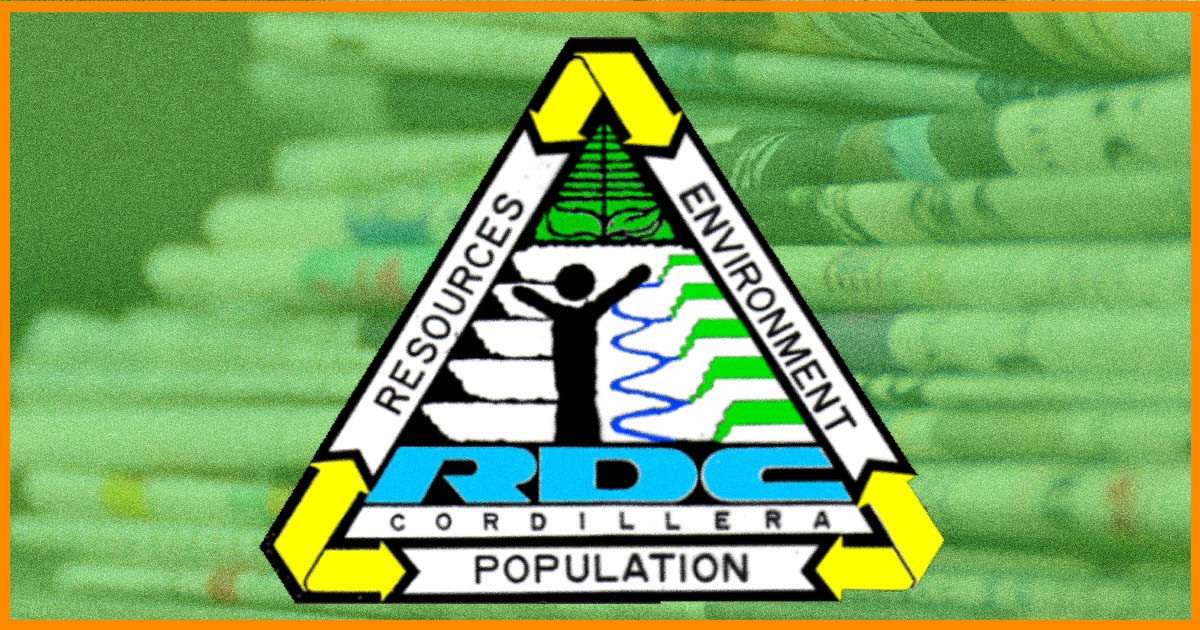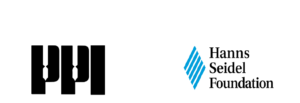FLORA, Apayao – The whole agricultural industry is undergoing a transformative shift with the introduction of the Farm and Fisheries Clustering and Consolidation (F2C2) program of the Department of Agriculture (DA).
Designed not only to streamline the distribution of agricultural assistance but also to address the longstanding challenges faced by smallholder farmers and fisherfolk, this program targets chronically low productivity levels stemming from the shortfall of essential resources such as credit, capital, modern farming techniques, and crucial infrastructure like post-harvest facilities and farm-to-market roads.
Provinces across the Cordillera region are embracing the principles of F2C2, recognizing its potential to revolutionize local agriculture. Within the forefront of this movement is the Flora Farm Cluster Agriculture Cooperative (Floraco), emerging as the trendsetter in farm clustering in the province of Apayao.
Formally established in 2023, Floraco is a joint effort comprising esteemed FCAs such as the Malayugan Rice Granary Farmers Association (MRGFA), which stands as the “big brother” of all the associations in Flora.
Other FCA members include Marian Farmers Association, Bagutong Flora Farmers Irrigators Association (BFFIA), Namnama ti Tamlunong Farmers and Irrigators Association, Abana Farmers Association, Allig Rice Producer Association (ARPA), Balluyan Farmers Association, Anninipan Small Water Irrigation Pump Irrigators Association (ASWIPA), Farmer’s Association of San Jose, Malubibit Sur Farmers Association, and Northern Malubibit Farmers and Irrigators Association.
Domingo Bareng, Jr., chairman of Floraco’s board of directors, emphasizes the importance of efficiency in distribution. He pointed out that through consolidation efforts, resources and interventions coming from the DA are allocated more effectively, benefiting every member.
“Sikami nga board of directors tatta, ket sikami met lang ti president ti daduma nga association. Sikami ti nang-engganyo kadagiti miyembro mi nga ag-miyembro ditoy agbalin nga coop. Tapno iti kasta, nu anya man dagidiay intervention, maymaysa laeng en ti pag-itedan iti gobyerno ditoy laeng en coop, ket sikami ton ti mangi-distribute,” Bareng explained. He’s also the president of ARPA.
(As the presidents of our respective associations and the board of directors of Floraco, we encouraged our members to join this cooperative so that all the interventions will be evenly distributed among member associations.)
With support from their local government unit (LGU), the Asian Development Bank (ADB), and the DA-Cordillera (DA-CAR), Floraco overcame initial hurdles, paving the way for progress.
“Nagdakkel iti tulong daytoy LGU, DA, kasta met ni ADB. Ta gamin, ti nang-ubraan iti ADB, isuro da kami pay nga ag-business. Kasta met iti [DA-CAR], nga nagtarabay daytoy Floraco nu kasano nga umangat kada cropping [season]. Nu dakami laeng, kasla nakapkapsot laeng ti ammo mi,” expressed Oliver Duque, manager of Floraco and the president of MRGFA.
(LGU, DA-CAR, and ADB have been a great help to us. ADB taught us business topics, and DA-CAR led us to grow in every cropping season. If we’re on our own, we have limited knowledge on these matters to start with.)
Moving forward, Floraco envisions strategic partnerships with agri-tech companies to procure bulk farm inputs like seeds, ameliorants, and fertilizers at competitive prices. This initiative aims to make farming more affordable for members, steering away from costly local suppliers.
Currently boasting nearly 1,100 members, Floraco aims to expand its reach by educating other associations about the perks of joining. With a minimum capital share of P2,500 and a membership fee of P200, members can enjoy substantial benefits such as annual dividends, priority access to government programs and interventions, and the friendly “Plant Now, Pay Later,” which will allow the members to borrow seeds and other inputs to be paid later.
As of this writing, Floraco’s capital build-up has surpassed P3 million. This capital injection will fuel the acquisition of commodities and farm inputs.
“Adda ti commitment da [members], nga no ditoy da nga ag-ala iti seeds, fertilizer, wenno ameliorant, adda ti incentive nga umay kadakwada. Namnamaen mi nga nu maurnong dagiti income, ket patiyen mi nga mabalin nga isu ti itulong min ton kadagidiay members mi panggep ti panagtatalon,” said Joel Laureta, one of the board of directors and the president of ASWIPA.
(The members have a commitment. They will get an incentive if they buy farm inputs from the cooperative. We hope that from the earnings, we can further help our members to boost their farming.)
In essence, Floraco members see the cooperative as a catalyst for positive change, a source of hope that strengthens members and promotes prosperity within the charming community of Flora.
“Namnamaen mi nga daytoy nga [cooperative] ti mangitag-ay kadakami nga rumang-ay, kas iti maysa nga asosasyon nga nagbalin nga ‘big brother’ mi. Umapal kami ti kinaasenso na, isu nga na-encourage kami nga nag-member,” expressed Virginia Echiverri, one of the board members of Floraco and the president of BFFIA.
(We hope that this cooperative could carry us into progress, just like one of the associations that became our “big brother.” Their success inspired us, so we were encouraged to join. By Joven B. Peralta
















